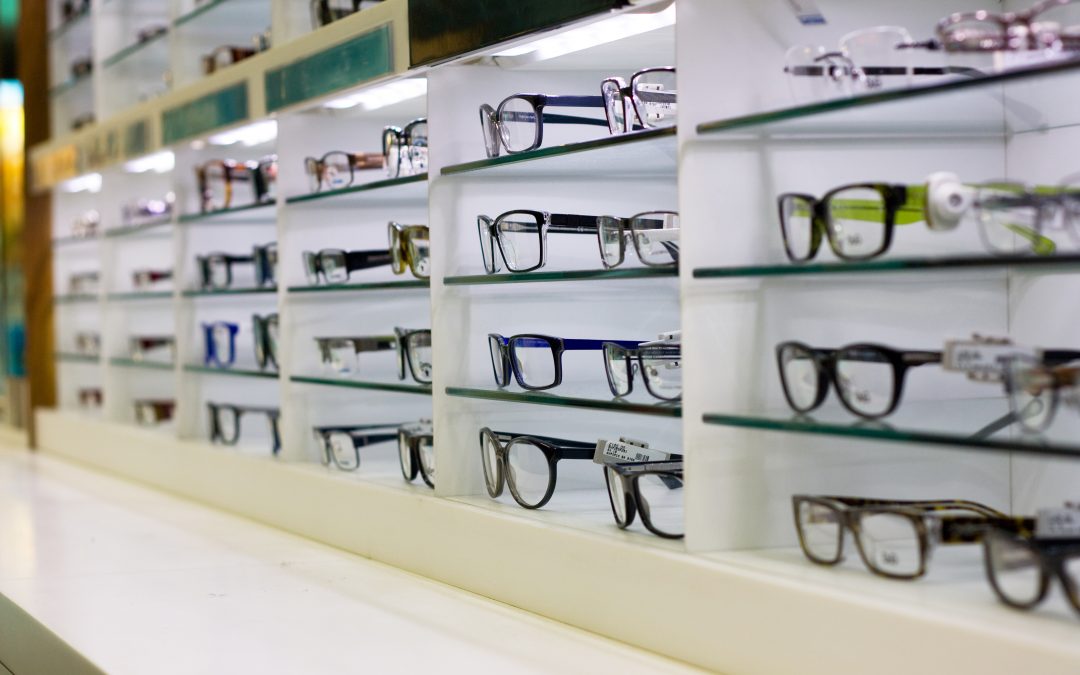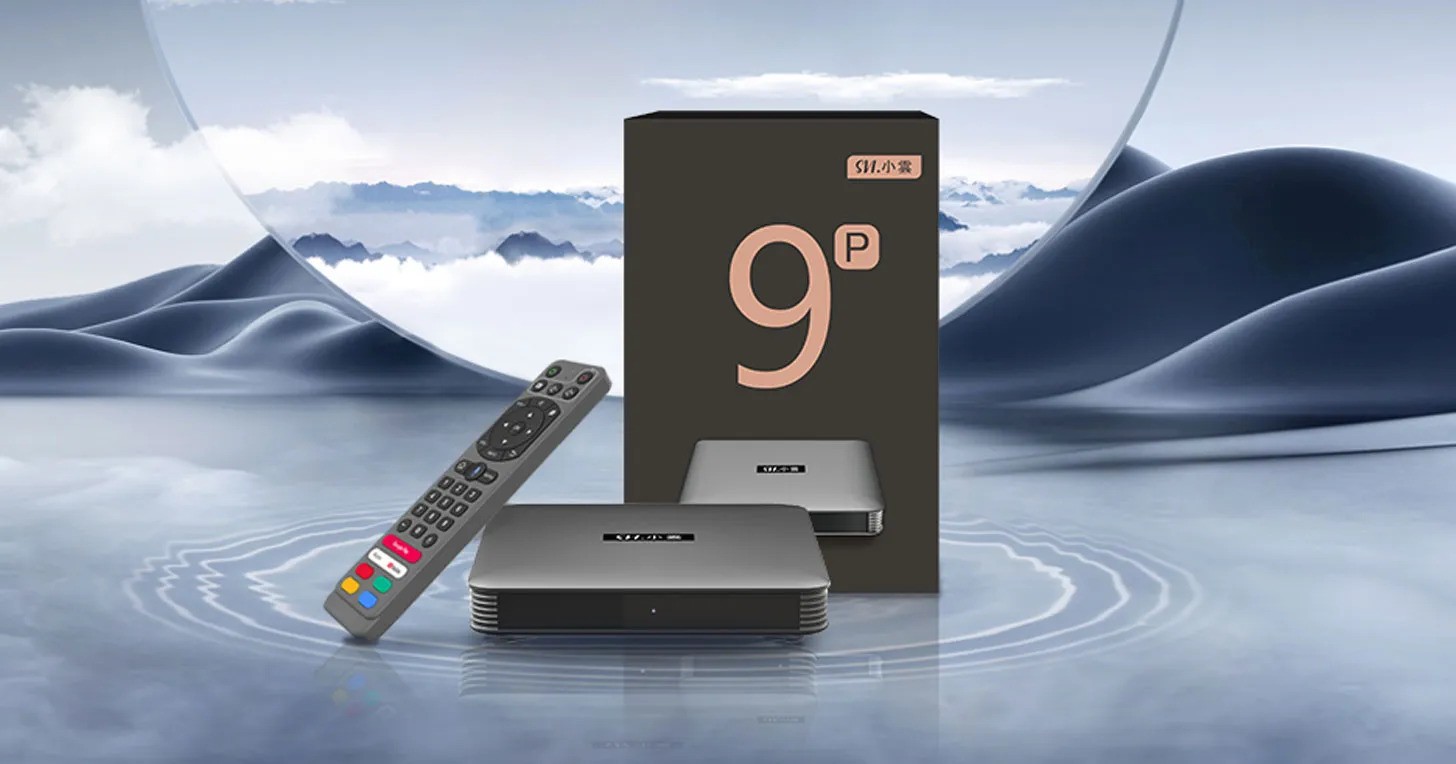Eyeglasses have long been an integral part of human history, transcending their initial role of vision correction to become a symbol of style, sophistication, and personal identity. From their humble beginnings in ancient times to their modern, high-tech iterations, eyeglasses have undergone a remarkable transformation. This article explores the fascinating evolution of Men’s prescription glasses, their cultural significance, and the latest advancements in eyewear technology.
A Historical Perspective
The origins of eyeglasses trace back to the late 13th century in Italy. The earliest recorded use of eyeglasses was in the form of reading stones, which were glass spheres used to magnify text. The invention of true eyeglasses is attributed to Italian artisans who began crafting lenses mounted in metal or wooden frames. These early eyeglasses were rudimentary but effective, primarily designed to aid in reading and other close-up tasks.
As eyeglasses gained popularity, they spread across Europe and underwent various innovations. In the 18th century, Benjamin Franklin invented bifocals, allowing individuals to see clearly at both near and far distances without needing to switch glasses. This invention was a significant advancement, reflecting the growing understanding of optics and human vision.
Cultural Significance
Eyeglasses have evolved from mere tools for vision correction to fashion statements and cultural symbols. In the early 20th century, eyeglasses began to be associated with intellectualism and professionalism, partly due to their prevalence among academics and professionals. Icons like Mahatma Gandhi and Albert Einstein made eyeglasses a symbol of wisdom and thoughtfulness.
In the 21st century, eyewear has become a fashion accessory in its own right. Designers have embraced the potential of eyeglasses to make bold statements, introducing a variety of styles, colors, and materials. From oversized frames to sleek, minimalist designs, modern eyeglasses can complement and enhance personal style. Eyewear brands frequently collaborate with fashion designers to create exclusive collections, reflecting the ongoing intersection of fashion and functionality.
Technological Advancements
The last few decades have witnessed remarkable advancements in eyewear technology, driven by innovations in materials and optical science. High-definition lenses, for instance, offer superior clarity and reduced eye strain. These lenses use advanced coatings and materials to enhance visual performance and protect against harmful UV rays and blue light from digital screens.
Another significant development is the advent of smart glasses. These high-tech eyewear devices integrate digital technology into traditional frames, offering features such as augmented reality (AR), navigation assistance, and hands-free communication. Brands like Google, Apple, and various startups are at the forefront of this technology, striving to make smart glasses more practical and appealing for everyday use.
3D printing technology has also revolutionized eyewear manufacturing. This technology allows for highly customized frames that fit individual preferences and anatomical specifications. By using 3D printing, manufacturers can create lightweight, durable, and uniquely designed eyeglasses with greater precision than ever before.
Environmental Impact and Sustainability
As awareness of environmental issues grows, the eyewear industry is increasingly focusing on sustainability. Many companies are now producing eyeglasses from eco-friendly materials such as recycled plastics, biodegradable materials, and sustainable wood. This shift towards sustainable practices reflects a broader trend in consumer demand for products that are both stylish and environmentally responsible.



